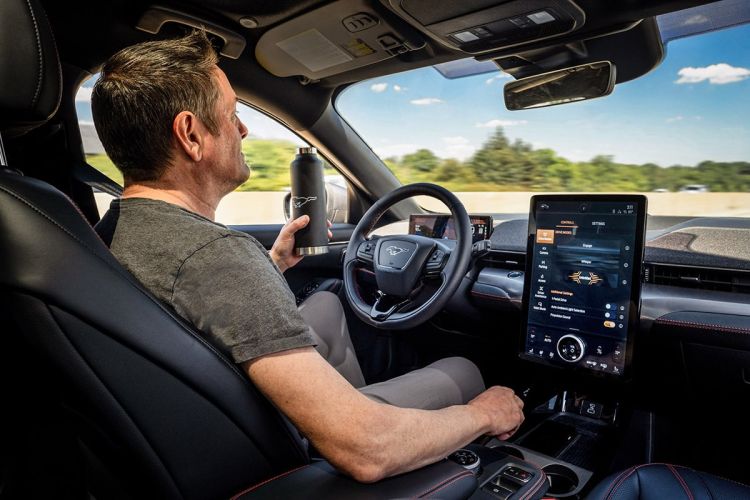How can we keep roads safe with automated driving assistance?

More research is needed to ensure that drivers won’t over-rely on automated vehicles to drive them safely.
A report by Professor Oliver Carsten, Mickaël J. R. Perrier and Professor Samantha Jamson of the Institute for Transport Studies has examined existing research about driving automation and its effect on driver attentiveness.
The review was commissioned by the Department for Transport to provide an evidence-based summary of the risks of advanced driver-assistance systems (ADAS).
International regulations for driver-assistance technologies
There are currently international regulations being developed for hands-on technologies, where drivers are still required to keep their hands on the steering wheel, even though the vehicle can control lateral and longitudinal motion for sustained periods of time.
Soon, regulations may consider extending the system to allow hands-off driving, where the driver supervises vehicle motion without having to hold onto the steering wheel.
This evaluation, which understands the existing evidence about road safety with driver assistance, is intended to influence the outcome of those regulations.
The researchers sought to understand how the new technologies affect driver attentiveness and their propensity to do non-driving related activities such as using their mobile phones.
The report compares hands-on and hands-off driver assistance and how often each leads drivers to lose concentration on the road.
Can driver-assistance technology keep drivers’ attention?
As well as drivers’ attention, they investigated the methods that the technologies used to keep driver engagement, monitor driver attention and give visual auditory and haptic warnings when dangers or issues occur while travelling.
They found that there is a lack of studies about the ability of the systems to check drivers’ physical and visual attention.
The authors suggest that “haptic shared control”, where the vehicle still requires active participation by the driver in steering, would be a better approach than giving warnings to the driver.
Haptic shared control is shown to reduce the likelihood of doing other non-driving tasks.
The researchers offer suggestions about the research gaps that should be filled before the technology and related regulations are released.
Their recommendations include understanding UK drivers more specifically, including the difference in risk-taking for people of various demographics.
They also say that further studies should replicate real-world situations as much as possible to understand how drivers will really react on the road.
Read the full report, hosted on the project page ADAS User Attentiveness.
Image
©2020 The Ford Motor Company with permission to use granted by the copyright holder.




